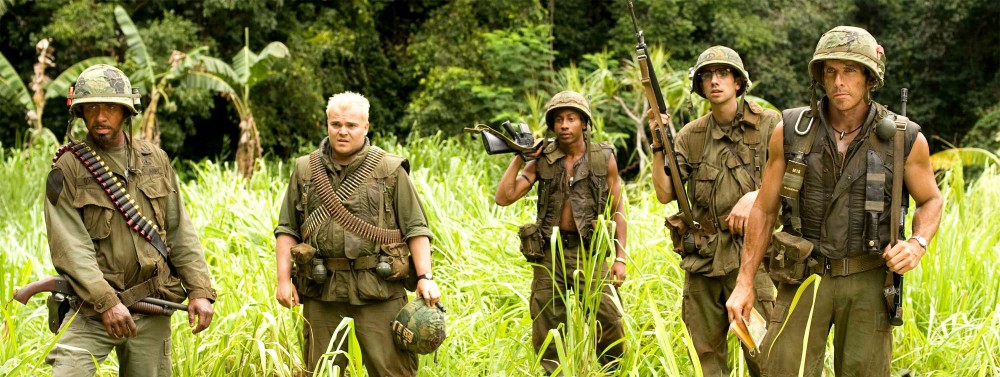Look no farther when searching for the perfect afternoon filled with a profane stuffed animal and Marky Mark. Seth MacFarlane expresses some of his comedic mastermind in the film “Ted.” When searching for a film to review, I unexpectedly came across this film. I had watched it once before and did not think it was anything special, but paid little attention to any detail compared to how I am now able to watch films with some analytical tools in my belt. This second go-around leaves me with the title of this… “Ted, the type of movie you could watch when you are in almost any situation, any emotional status, and looking for a movie that gives you satisfaction in every aspect.”
My main point when thinking this movie is a fantastic escape from 106 minutes of one’s life is that it is an incredible journey of a talking teddy bear. There is nothing simpler than an drug using, sex-addict, talking, teddy bear that has the ability to speak… in the voice of the notorious Peter Griffin. But, considering this is to analyze why it is a good movie and having a talking teddy bear does not bear (no pun intended) a whole lot of credibility, lets move to my next point.
“Ted” follows a roadmap that is clear as a blue-sky day. Now, knowing where a movie is going to go, five minutes before it shows what you guessed, is usually not an enjoyable experience. However, that is why I think “Ted” is in a class of it’s own. The irresponsible actions left me with a love-hate relationship for the relationship between the two main characters. Watching the story unfold took me through an emotional journey that hit harder than Flash Gordon when he saves the world again and again. Feeling satisfied when the characters end up living happily ever was a large feat when considering the level of predictability that the plot possessed. The cinematography added to this emotional comedy through utilizing the various properties of frame sizes and using stability vs. not. Emotions were raised when close shots would really show the expression of John and Ted. Since the teddy bear was animated, his facial movements were also very animated and really reached out on an emotional level.
The next point of brilliance that this film possesses is how it reaches out to every single viewer in a different way. I re-watched it with a group of four friends and all of us had times where we would be laughing like we never have, at a time where no one else thought it was funny. I think that movies can take a turn for the worse when their scripts are too generic and the scenes are too bland. “Ted” allowed people to find a scene enjoyable in their own unique way. I believe the writing allowed for consistent humor that covered a wide variety of topics- these references resonate on a personal level differently and I really enjoyed that aspect.
The simplistic glory of this film left me more than content and I feel like it may never make it to the top list of my favorite movies, but it still holds a warm place in my heart when it comes to clever comedies. I am also a bit bias because I think Mark Wahlberg is the man… but still an enjoyable flick, fan or not.
